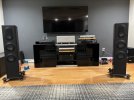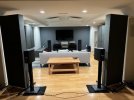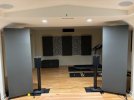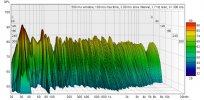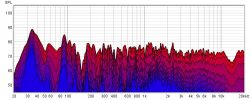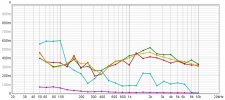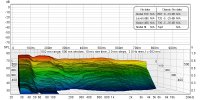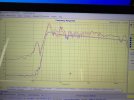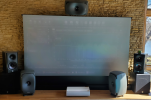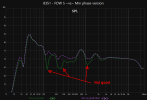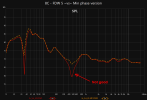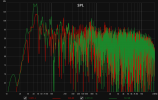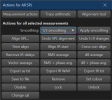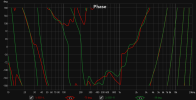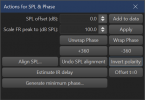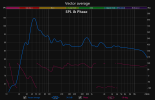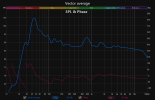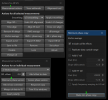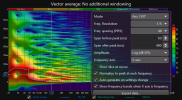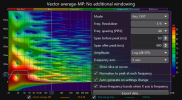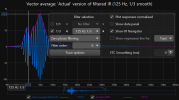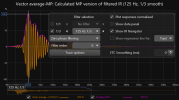Justdafactsmaam
Addicted to Fun and Learning
- Joined
- Nov 13, 2023
- Messages
- 762
- Likes
- 536
You want an anecdotal account from me? More than you realize until you live without that fatigue.Ah yes, the BACCH guy, you were touting him elsewhere on ASR.
Can you summarize the amount of fatigue my brain can be expected to endure if I don't damp early reflections? (For the record: I do, but its because my room has hellacious flutter echo if I don't)
If you want a more objective account I suggest asking Edgar himself. He and his team did the research.
If you want to know first hand just audition it yourself
Yeah, it continues to be a major break through. It’s funny how reality continues to be relevant. I see the same responses from audiophiles who believe in snake oil whenever DBTs are brought up. “Here we go again…” Yup here we go again…for good reason....aaaand....off we go on crosstalk cancellation again:
Ok. Ask JJ yourself and pay no attention to Ethan. That’s what I did.Ethan is a nice guy, but he sells wall treatments and he's definitely not at JJ's level; pairing them does your argument no service, to me.
All these guys deserve respect, JJ, Floyd Toole, Ethan Winer, Edgar Choueiri and others who do legitimate research in audio. They just don’t always agree with each other. They are all experts but none of them are authorities.
And as technologies advance some research becomes dated.

